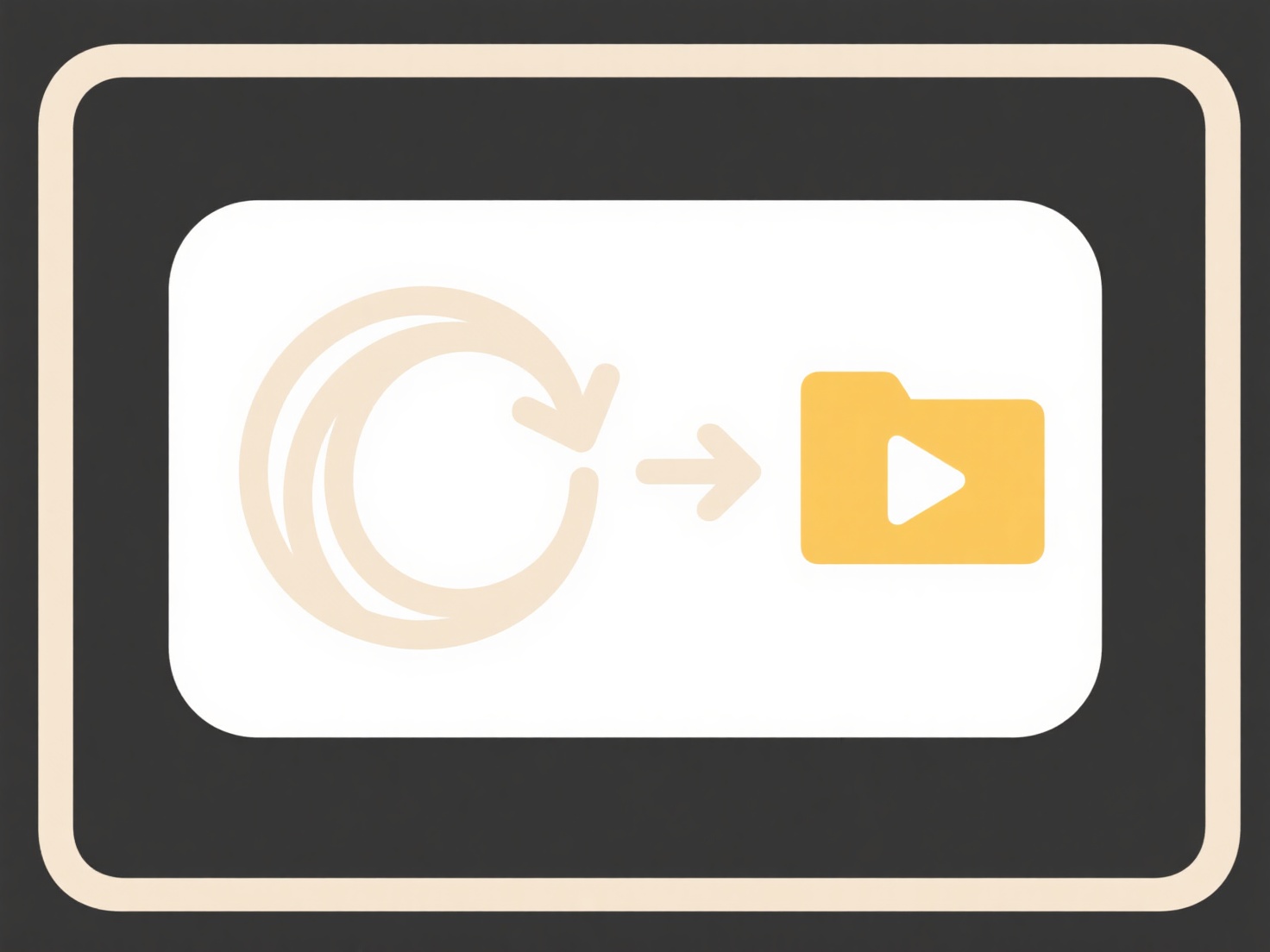
Cross-platform file formats work across different operating systems and software without needing conversion or specific proprietary applications. PDF (Portable Document Format) reliably preserves formatting across Windows, macOS, Linux, iOS, and Android. Plain text formats (TXT) and common web formats like HTML are universally readable. Open standards like JPEG for photos, PNG for graphics with transparency, and CSV for data are more interoperable than proprietary alternatives like PSD or DOCX. They ensure content accessibility regardless of the device or software used.
Commonly, PDF is used for sharing final documents, such as reports and invoices, accessible via built-in readers or free tools like web browsers. Photographers share JPEG images online or via email knowing all devices can display them. Software developers share configuration files in TXT or code on collaborative platforms like GitHub. CSV files are frequently used to exchange data between different database and spreadsheet programs (Microsoft Excel, Google Sheets, LibreOffice Calc).

Key advantages include broad accessibility and reduced software dependency, lowering barriers for collaboration. Limitations can include reduced functionality (a PDF is often less editable than a DOCX) and potential loss of fidelity in text files compared to richly formatted documents. While open standards promote inclusivity, legacy formats risk obsolescence. Future adoption favors evolving standards like PDF/A for archiving and increasing platform support for ODF (OpenDocument Format).
What file formats are best for cross-platform compatibility?
Cross-platform file formats work across different operating systems and software without needing conversion or specific proprietary applications. PDF (Portable Document Format) reliably preserves formatting across Windows, macOS, Linux, iOS, and Android. Plain text formats (TXT) and common web formats like HTML are universally readable. Open standards like JPEG for photos, PNG for graphics with transparency, and CSV for data are more interoperable than proprietary alternatives like PSD or DOCX. They ensure content accessibility regardless of the device or software used.
Commonly, PDF is used for sharing final documents, such as reports and invoices, accessible via built-in readers or free tools like web browsers. Photographers share JPEG images online or via email knowing all devices can display them. Software developers share configuration files in TXT or code on collaborative platforms like GitHub. CSV files are frequently used to exchange data between different database and spreadsheet programs (Microsoft Excel, Google Sheets, LibreOffice Calc).

Key advantages include broad accessibility and reduced software dependency, lowering barriers for collaboration. Limitations can include reduced functionality (a PDF is often less editable than a DOCX) and potential loss of fidelity in text files compared to richly formatted documents. While open standards promote inclusivity, legacy formats risk obsolescence. Future adoption favors evolving standards like PDF/A for archiving and increasing platform support for ODF (OpenDocument Format).
Related Recommendations
Quick Article Links
Why do shared files lose their original name when downloaded?
Shared files may lose their original name during download due to platform-level security measures, file system compatibi...
How do I clean up clutter from unsaved or exported drafts?
Unsaved drafts are temporary versions of documents created during editing sessions but not manually saved to a persisten...
Can I open files directly from cloud APIs?
Opening files directly from cloud APIs means accessing data stored on platforms like Google Drive or AWS S3 through code...